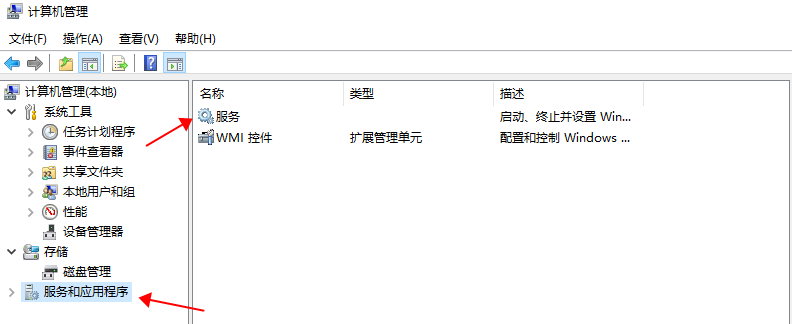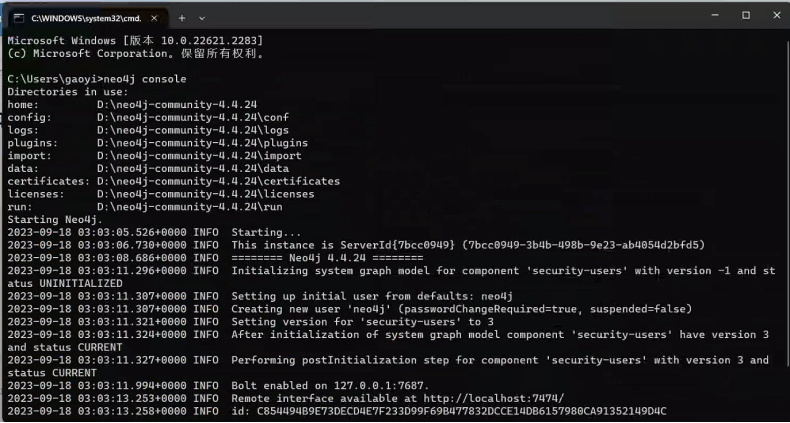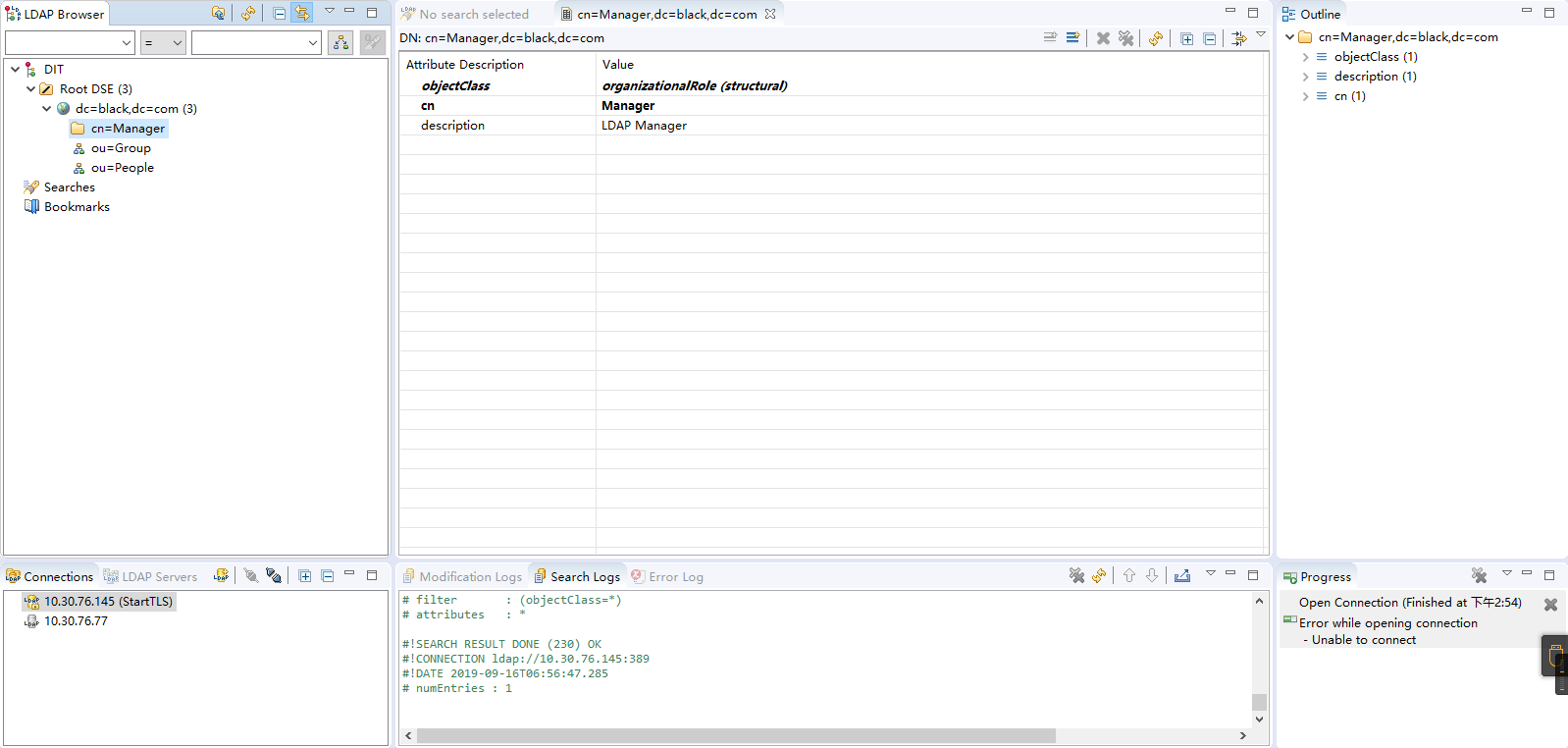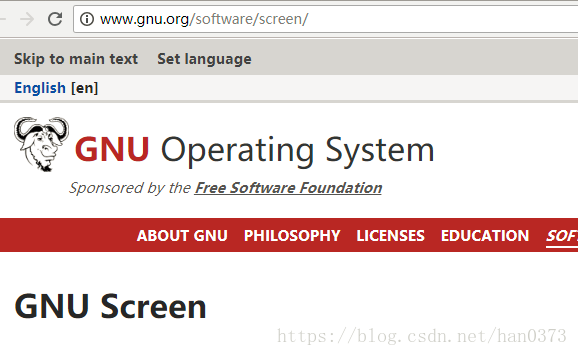Linux 进程通信之FIFO的实现
FIFO通信(first in first out)
FIFO 有名管道,实现无血缘关系进程通信。
- 创建一个管道的伪文件
- a.mkfifo testfifo 命令创建
- b.也可以使用函数int mkfifo(const char *pathname, mode_t mode);
- 内核会针对fifo文件开辟一个缓冲区,操作fifo文件,可以操作缓冲区,实现进程间通信–实际上就是文件读写
man 3 mkfifo
#include <sys/types.h> #include <sys/stat.h> int mkfifo(const char *pathname, mode_t mode);
注意事项:
FIFOs
Opening the read or write end of a FIFO blocks until the other end is also opened (by another process or thread). See
fifo(7) for further details.
打开fifo文件时候,read端会阻塞等待write端open,write端同理,也会阻塞等待另外一段打开。
代码示例:
file_w.c 写端
#include <stdio.h>
#include <stdlib.h>
#include <sys/wait.h>
#include <sys/types.h>
#include <sys/stat.h>
#include <unistd.h>
#include <fcntl.h>
#include <string.h>
int main(int argc, char *argv[]) {
if(argc != 2) {
printf("./a.out filename1\n");
return -1;
}
printf("begin open w\n");
int o_ret = open(argv[1], O_WRONLY);
printf("end open w\n");
char buf[256];
int num = 0;
while (1) {
memset(buf, '\0', sizeof(buf));
sprintf(buf, "xiaoming--%d", num++);
printf("strlen(buf) = %d\n", strlen(buf));
write(o_ret, buf, strlen(buf));
sleep(1);
}
close(o_ret);
return 0;
}
file_r.c 读端
#include <stdio.h>
#include <stdlib.h>
#include <sys/wait.h>
#include <sys/types.h>
#include <sys/stat.h>
#include <unistd.h>
#include <fcntl.h>
#include <string.h>
int main(int argc, char *argv[]) {
if(argc != 2) {
printf("./a.out filename1\n");
return -1;
}
printf("begin open r\n");
int o_ret = open(argv[1], O_RDONLY);
printf("end open r\n");
char buf[256];
int num = 0;
while (1) {
memset(buf, '\0', sizeof(buf));
read(o_ret, buf, sizeof(buf));
printf("strlen(buf) = %d\n", strlen(buf));
printf("read is%s\n", buf);
}
close(o_ret);
return 0;
}
本篇文章到此结束,如果您有相关技术方面疑问可以联系我们技术人员远程解决,感谢大家支持本站!






